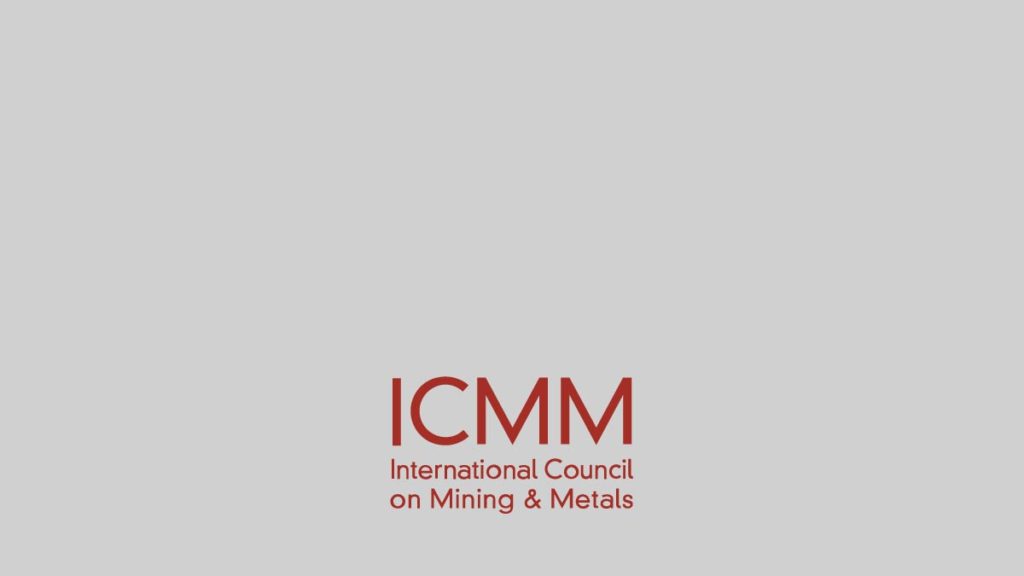
Tool 5 – Environmental and Social Impact Assessments
Tool 5 ensures that environmental and social impact assessment (ESIA) of projects adequately address biodiversity issues. An ESIA makes sure biodiversity is integrated into project planning and decision-making. An ESIA also make certain all relevant environmental and social interfaces are considered. Few operations will have the requisite skills in-house to undertake biodiversity surveys; companies should consider hiring consultants, engaging with a conservation organisation or involving a research institution or university.
Results of assessments, especially baseline studies, should be shared with stakeholders during the engagement process. This helps with stakeholders’ expectations, transparency and encourages good relationships.
Step Guide
STEP
1
STEP
2
Go through each step on the checklist
STEP
3
Refer to pages 55-64 for a greater understanding of the different issues
STEP
4
Read the case studies to understand practical application of the steps
Levels and types of impacts on biodiversity:
- Ecosystem level – an ecosystem is impacted if a project’s activities has altered the habitat’s size, diversity or spatial variation or if its long-term function or services are changed
- Species level – Potential impacts to species can be assessed according to population numbers and the internal, national or local significance that a species may have to stakeholders
- Genetic level – Genetic diversity is extremely difficult to measure – therefore an assessment is normally carried out at the ecosystem or species level
Use a detailed baseline study where:
From the study (p57):
- Initial efforts to map the biodiversity leave uncertainty regarding potential importance
- The land affected by the operation is clearly of value for biodiversity but is subject to existing threats
- Additional fieldwork could establish usage patterns and values communities place on biodiversity
- An existing project’s permitting requirements contain few provisions relating to biodiversity
- Preferred post-closure land uses include conservation or enhancement but there is limited available information
- An operation has had unintended adverse consequences on biodiversity
Top Tips:
Outside of protected areas, but within areas clearly of biodiversity importance, mining companies employing a trained ecologist, need to consider:
- Species/habitat richness
- Species endemism
- Keystone species
- Rarity
- Size of habitat
- Population size
- Fragility
- Value of ecosystem services
Community, Economics, Environment, Ethical Business, Management, Rehabilitation
Partnership for Improved Biodiversity Understanding – Pic de Fon Forest, Guinea
How Rio Tinto's partnerships have benefited biodiversity and mining relationships

